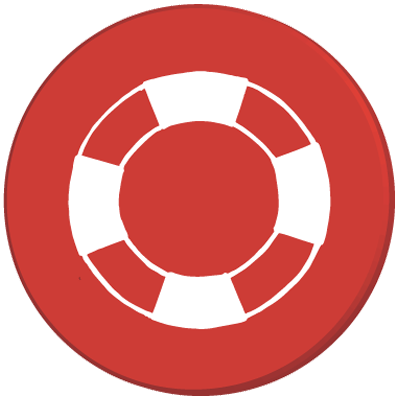SOP 5: Rescue operation on board the distressed vessel
PROCEDURES
5.1 Risk assessment
The situation should be assessed and rescue possibilities considered based on the latest information from Distressed Vessel (DV) and Hazardous and Noxious Substances (HNS) experts. If anintervention is possible, the decision regarding activities on board the DV should be made in consultation with the Rescue Coordination Centre (RCC)—the Search and Rescue MissionCoordinator (SMC) together with the group of experts—and the master of the DV. The rescue action plan should be updated to respond to possible alterations and units informed about the plan. The common situation awareness between participating units should be confirmed, e.g. by Situation Reports (SITREP).
5.2 Early phase response
5.2.1 Distressed vessel
The first rescue plans and immediate actions on board the DV have to be made by the crew on board. Often the assistance of the Search and Rescue (SAR) organisation can be delayed for several hours or more, and the rescue and/or response measures are often easier and most effective to execute in the early stage. The most important tasks to organise are protection and safety for persons on board (incl. emergency decontamination procedures and emergency medical care), preventive response measures and detection, and measurement or estimation of the leakage.
5.2.2 The Search and Rescue Mission Coordinator (SMC) / On-scene Coordinator (OSC)
Consultation with the master of the DV concerning the rescue action plan (SMC, experts) should be done in the early planning phase. The master of the DV should also be informed of the possible need to assist the rescue teams by DV crew actions. The SITREP prior to initiating the entry team boarding procedures should be requested: <br> Information from the DV is needed regarding the situation of the HNS release and ongoing and planned rescue or response activities by the DV crew.
5.3 Rescue procedures
5.3.1 Preparation
The master of the Search and Rescue Unit (SRU) should assign the initial entry preparations on board the SRU. The following procedures should be completed in a situation where there is an intention to execute rescue actions on board the DV:
• Decontamination station is set up, tested and operational
• First aid/Emergency medical care facilities are operational
• All persons involved have the knowledge, understanding and agreement of their role(s) and planned activities in the operation
• Ensure that a controlled boarding system is established Rescue teams (entry team, backup team and decontamination team) should be prepared according to the organisational and/or unit-specific procedures.
Protection of the rescue personnel and equipment should be based on the latest risk assessment and hazard identification. At minimum, the Personal Protective Equipment (PPE) level, detection/ monitoring equipment, emergency decontamination procedures (e.g. mobile emergency decontamination shower or water hose, etc., to flush down the contaminant), communication channels and outside supervision of the teams have to be organised before launching the boarding procedures of the rescue teams. Arrange logistics for providing sufficient and suitable PPE, other consumable materials and spare parts.
5.3.2 Entry procedure
Prior to entering the hot zone, the emergency decontamination station near the entry point should be established and tested. Confirm procedures that both chemical rescue teams (entry and backup team) are at the entry point prior to authorizing the entry team to enter the hot zone. The entry team is allowed to enter the hot zone only by permission of the responsible rescue operation leader.
5.3.3 Rescue activities on board
Rescue activities are based on the rescue plan and the tasks given to the boarding rescue teams by the RCC. The first rescue teams boarding the distressed vessel can also give valuable information about the situation to the RCC for updating the risk assessment and the rescue plan.
Possible tasks for the rescue teams on board can be for example:
• Support the communication between DV and RCC
• Risk assessment on board, supporting the master of the vessel for decision-making
• Preventive response measures and detection
• Minimising the influence of the HNS, e.g.
• Restricting or stopping the leakage • Neutralising the substance
• Emergency medical service • Medical evacuation
• Emergency decontamination procedures
• Preparations of the ship abandoning/Mass Rescue Operations (MRO)
5.3.4 Disembarking
Safe disembarking procedures for the rescue teams and casualties should be ensured. First stage decontamination (or emergency decontamination) should be done on board the distressed vessel if possible. Chemical rescue teams that operated in the hot zone must be decontaminated, even if they were not in actual contact with the substance. Arrange a safe disembarking and decontamination process for affected and injured persons.
